'Meadowscaping' is the charming low-effort, low-cost garden trend that attracts wildlife in abundance
Turn your garden into an endearing low-maintenance meadow with these expert tips and tricks
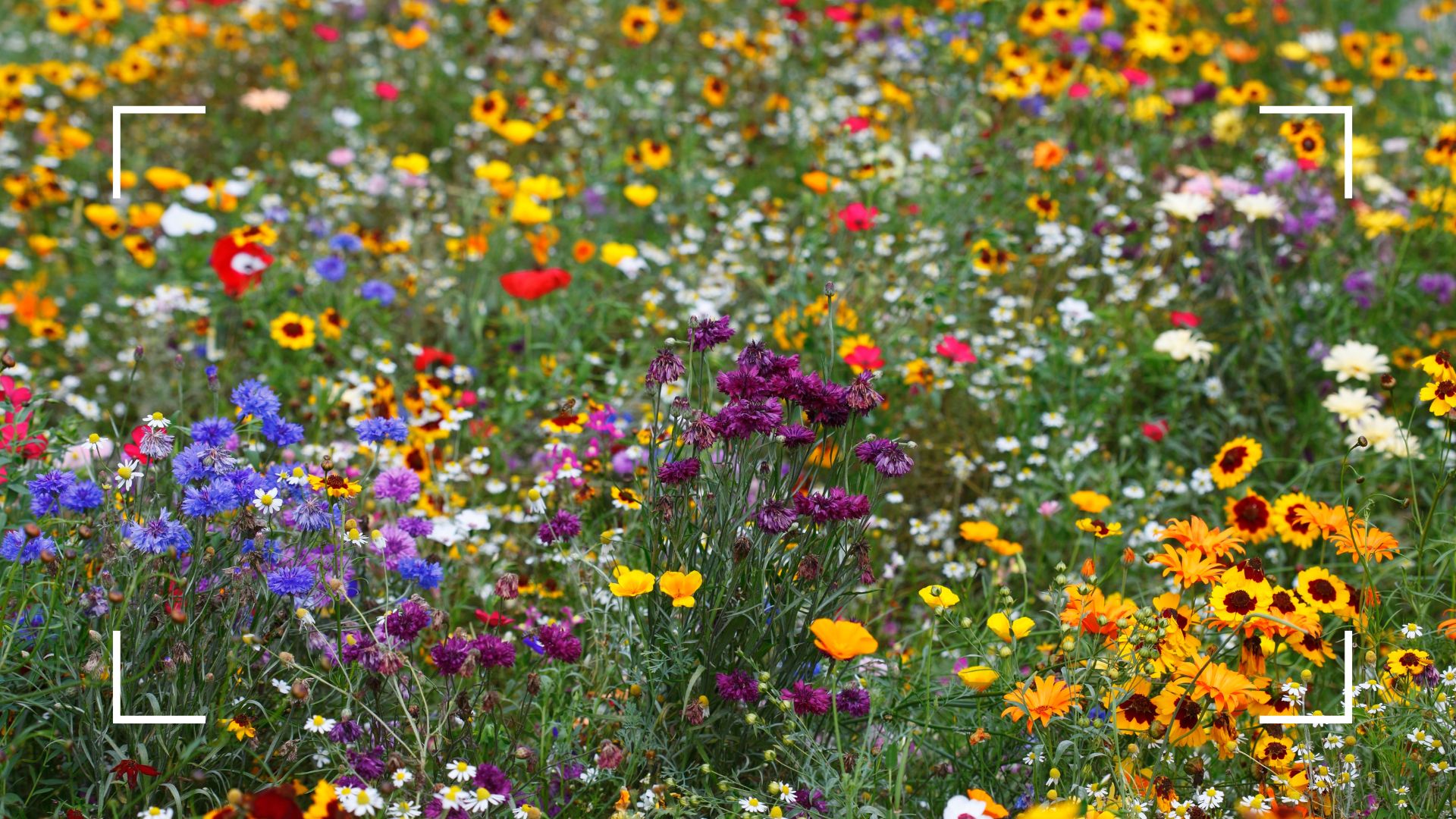

The meadowscaping garden trend really does it all. It's low-maintenance, low-cost, great for wildlife, and of course, it's undeniably charming. So what are you waiting for?
Similar to how the rewilding trend became extremely popular, meadowscaping has continued to be one of the most loved garden trends for a while now. It's not hard to figure out why it's consistently recommended by experts and a favourite for homeowners who don't have huge budgets or lots of time to be in the garden.
Not only does this garden trend make life easier for you, but it also encourages bees, butterflies and birds into your space, which in turn helps nourish the ecosystem of your garden. With all these advantages, we asked gardening experts for their top tips for how to get started with meadowscaping.
What is the 2025 'meadowscaping' garden trend?
Should you be looking for ways to attract birds into your garden or even want to transform your garden on a budget, the meadowscaping trend is a fantastic choice.
"Meadowscaping is a fairly new kind of trend that people are embracing. Homeowners are beginning to ditch the whole "perfectly manicured lawn" thing and instead, they're going for a landscape that's designed to look like a real meadow, not your typical garden," says Fiona Jenkins, gardening expert at MyJobQuote.
"It's about making your garden look more like a natural meadow or grassland. Forget the neat rows and perfectly trimmed edges; this trend is all about letting things grow a bit more wild and free," she adds.
With this trend in particular, you'll plant native grasses, a variety of wildflowers and even some larger shrubs or fruit trees. It's key to choose plant species that will be a great home for wildlife, big and small.
Sign up for the woman&home newsletter
Sign up to our free daily email for the latest royal and entertainment news, interesting opinion, expert advice on styling and beauty trends, and no-nonsense guides to the health and wellness questions you want answered.

With over 25 years of experience under her belt, Fiona is a trained gardener who offers advice and insight to several trade companies and homeowners. She has also been featured as a gardening expert for several publications.
How can you achieve the meadowscaping trend in your garden?
As with most sustainable garden ideas, there isn't a huge amount of work needed to implement meadowscaping into your space. Plus, you can do as much and as little meadowscaping as you like.
"You can start by leaving a small patch of your garden to grow wild, and cut a pathway through or cordon off part of your lawn as a no-mow area," explains Graham Smith MCIHort, horticulture expert at LBS Horticulture. "Alternatively, you can create an ornamental display that leaves some of your lawn intact. You can remove turf to create wildflower borders, or create circular beds."
Whilst wildflower garden borders are a great way of introducing the trend in a smaller way, if you want to go full-on, the experts have shared their step-by-step advice.

Graham has extensive knowledge in the horticultural and gardening industries, and prides himself on using this to help gardeners of all skills create their perfect outdoor space.
1. Prepare your garden
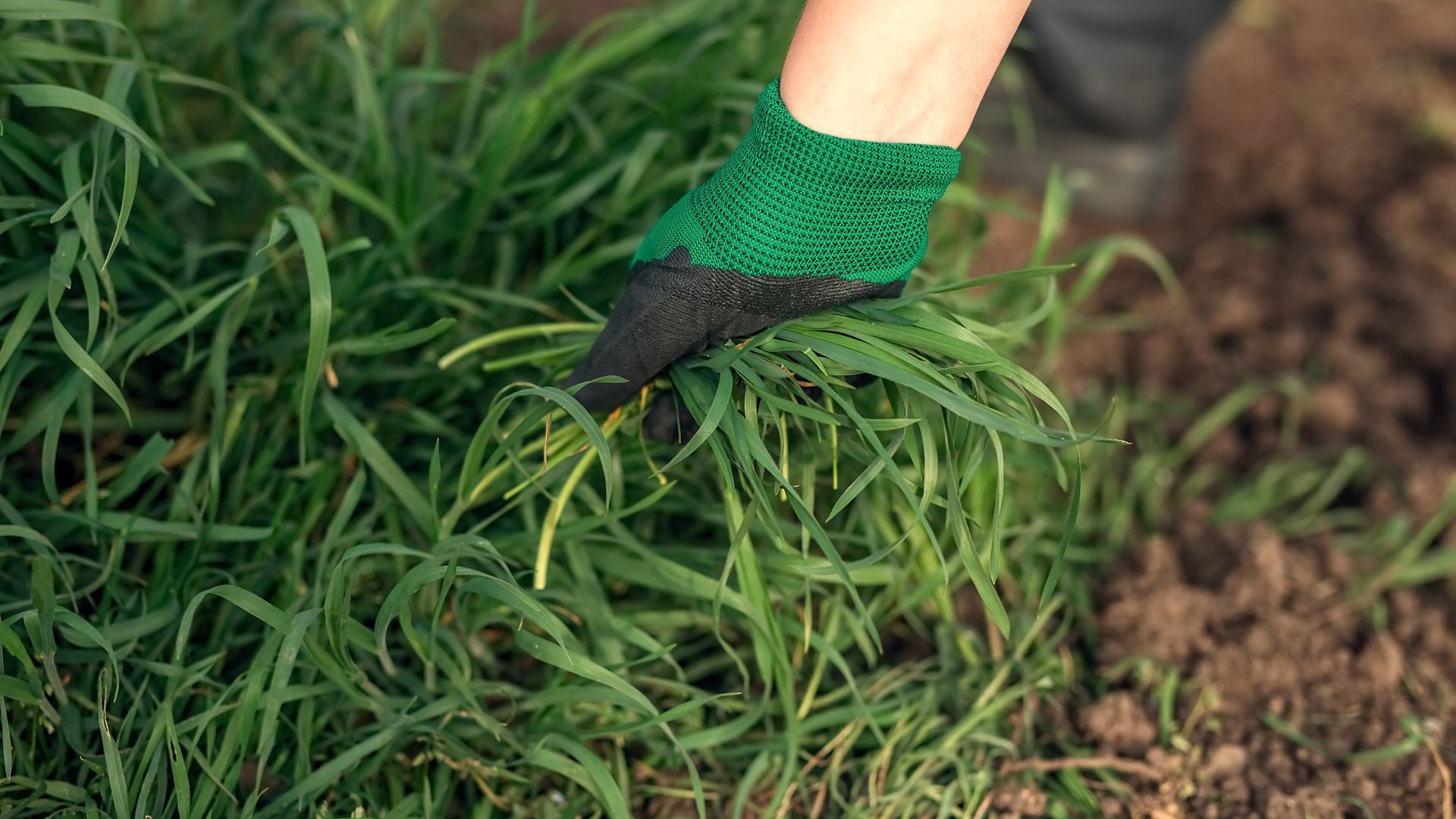
Before you can get started with the more whimsical fun parts of meadowscaping, you may need to sort your garden out.
"You will need to remove existing grass in any areas that you intend to meadowscape. Ensure that the areas you plan to plant wildflowers are free of weeds, as they will compete with the flowers for water, light and nutrients," recommends Graham.
He also says this is a good time to till the soil, as it will alleviate any compaction, which will help massively when it comes time to plant.

RRP: £14.99 | When removing turf and large quantities of soil, you'll want a sturdy and comfortable shovel. This one from Amazon is made from durable steel and has a rubber grip.
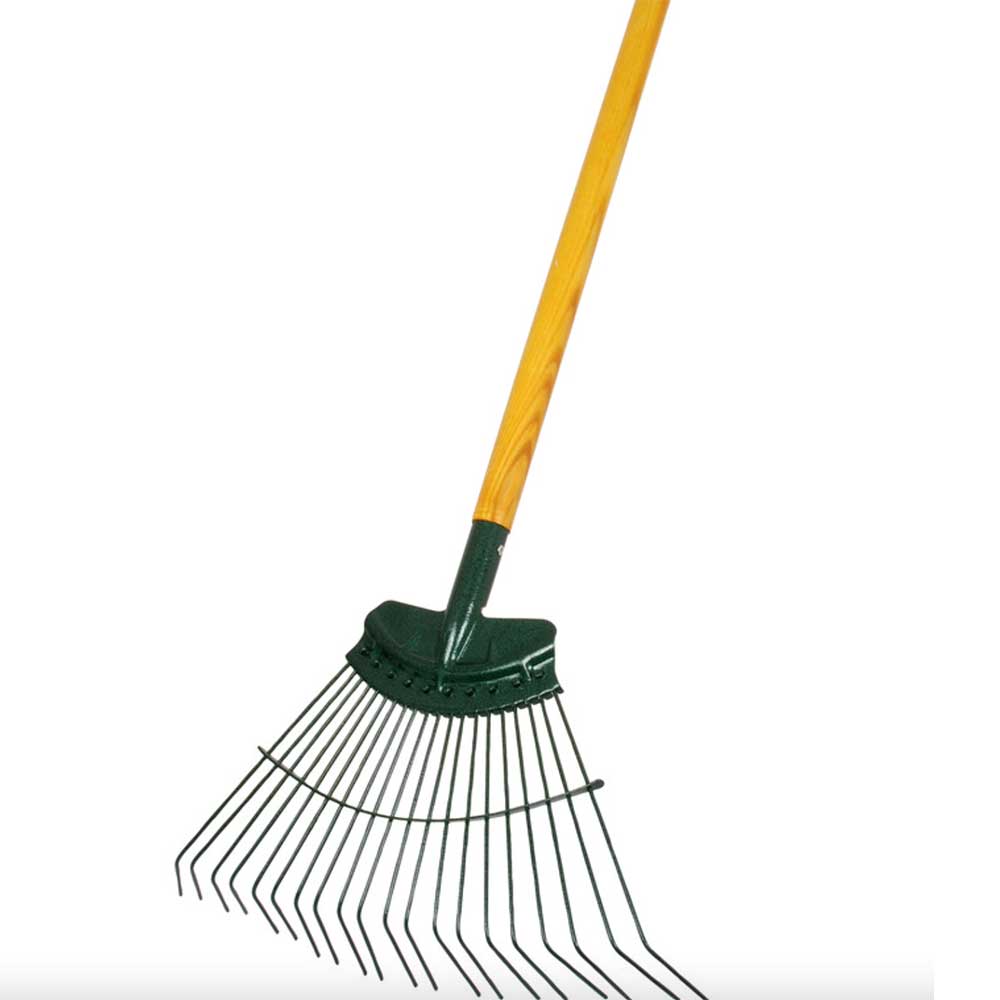
RRP: £24.48 | This model's head has 20 oil-treated tines for extra strength, making it ideal for removing grass clippings, dead grass, moss, or leaves.
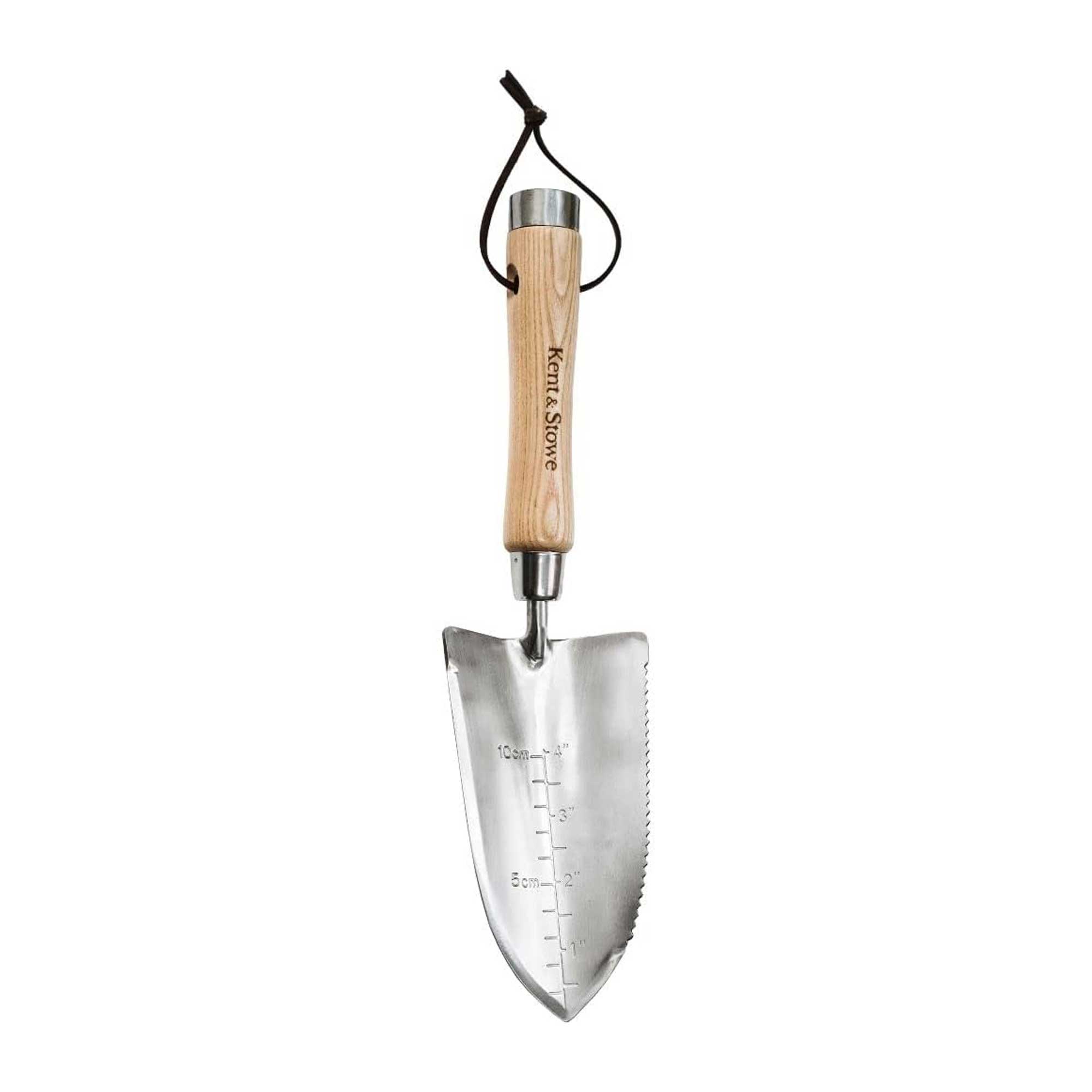
RRP: £13.50 | This trowel is ideal for planting seedlings into your customised meadow mix and is comfortable to use thanks to its wooden handle.
2. Choose a suitable flower and grass mix
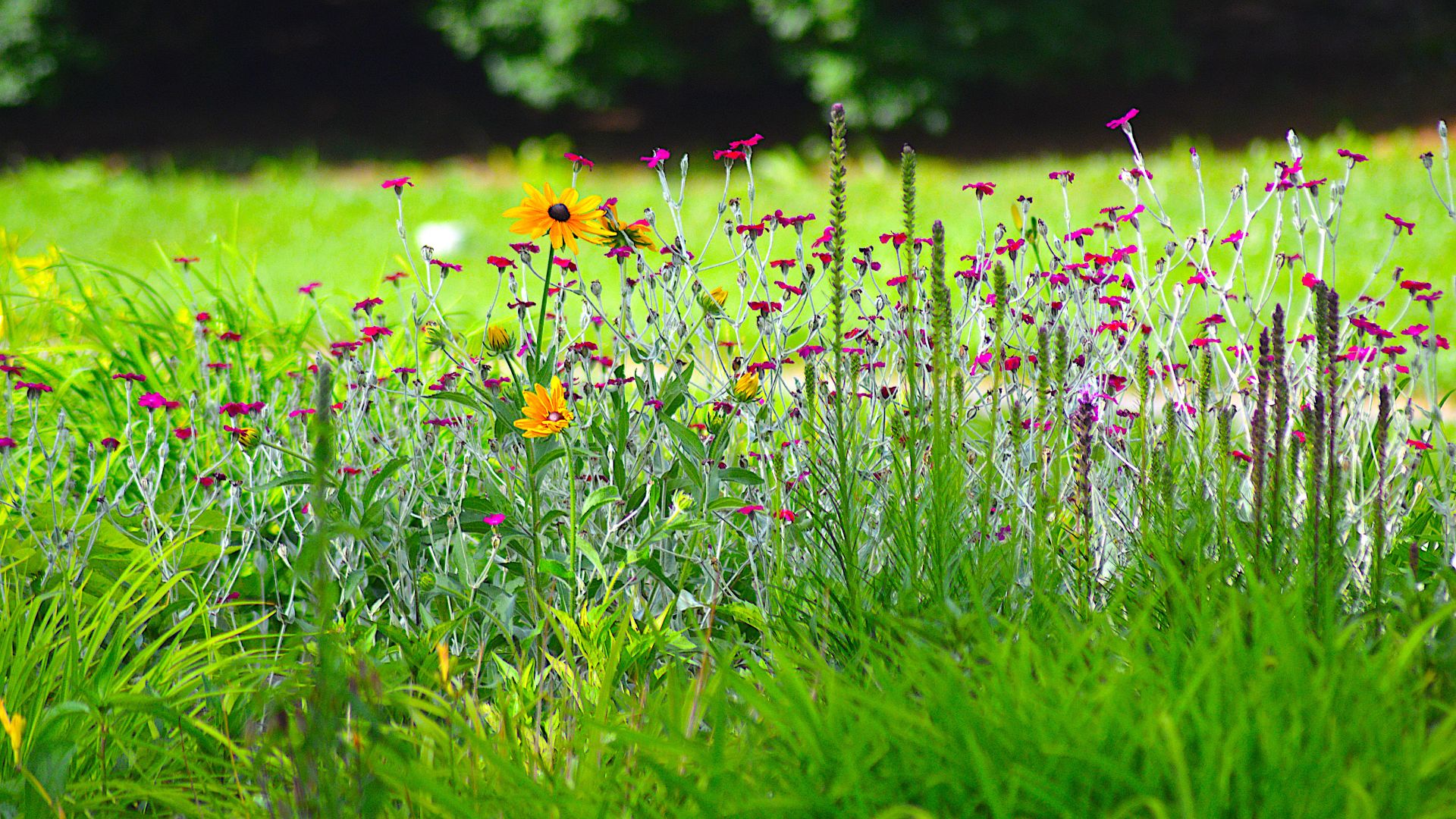
Now it's time to pick some of the best plants for pollinators as well as your grass seed. Having a good mix of flowers and grass will give you that authentic meadow look and be more beneficial for wildlife too.
“Wildflower meadows are made up of both annual and perennial flowers. Annuals, like cornflowers and field poppies, bloom beautifully for a season and then self-seed, meaning new flowers may pop up in different spots next year," says Dr Emily Attlee, conservation scientist and cofounder of Seedball.
She adds, "Perennials, such as cowslip, common toadflax, and musk mallow, return year after year, adding long-lasting colour and pollen-rich blooms for visiting pollinators."
Once you've chosen your seeds and plants, you'll need to decide where to put them. Most wildflower seeds can be scattered onto unprepared soil, but your larger plants, like shrubs and bulbs, will require more careful planting.
"If you don’t have a garden, no problem – wildflowers grow just as well in pots, planters, and even hanging baskets, so you can create a mini meadow anywhere," continues Dr Emily.

Dr Emily is a conservation scientist, and along with her partner Dr Ana Attlee, founded Seedball, a multiple-award-winning, not-for-profit organisation. Ana and Emily’s mission is to help increase the abundance of British wildflowers and wildlife that depend upon them by encouraging people to maximise the outdoor space avail-able to them and scattering seed balls of native flowers.
3. Maintain and care for your plants
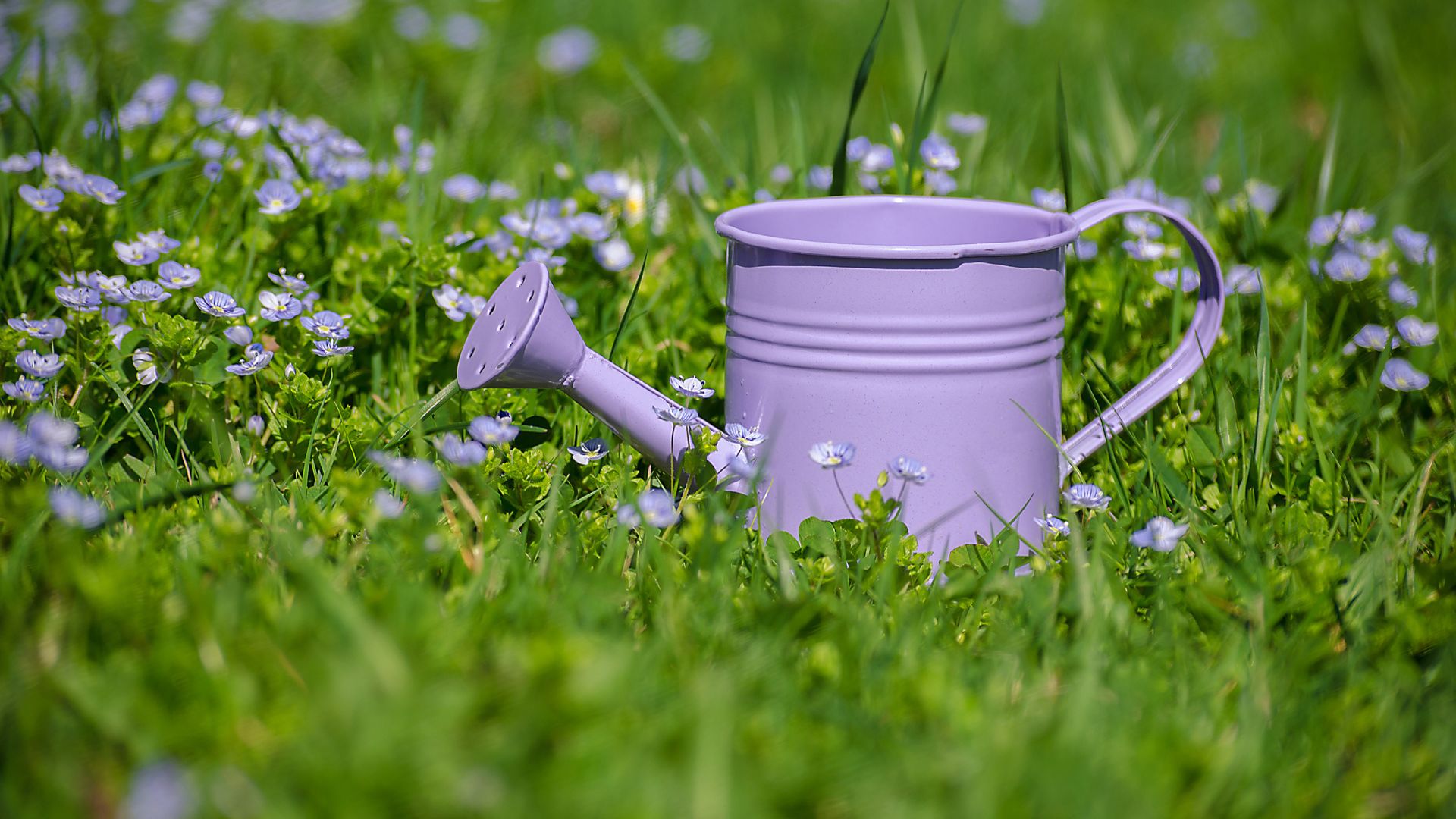
After you've planted the seeds, it's simply a matter of knowing how to water your plants properly and keep them alive long enough to establish.
"Meadowscapes do not require a lot of maintenance once they are established. However, in their first few years, young plants will require regular watering, and you will need to manage weeds through mowing," explains Graham.
Fiona echoes this, saying you might need to give them a light trim once or twice a year, but only after the flowers have gone to seed.
FAQS
What happens if you don't cut a wildflower meadow?
Tending to a wildflower meadow is a little different from knowing how to mow a lawn or get rid of weeds in your garden. But what is similar is that you'll probably need to keep an eye on its growth and cut it back.
"So, what happens if you just leave a wildflower meadow to its own devices, without giving it a trim? Well, it's not ideal. You'll start to see a drop in the variety of plants that are growing there," explains Fiona.
"The taller, more robust plants will start to take over, and they'll block out the smaller, more delicate ones. This means you lose all those different types of wildflowers and grasses. And that's not just a shame for how it looks; it's bad news for the bees, butterflies, and other creatures that rely on those plants for food and shelter," she continues.
If you end up leaving it like that for too long, common invasive garden plants can begin taking over, and the more vulnerable plants that die will block out new plants from growing.
"So, to keep a wildflower meadow healthy and diverse, you've got to give it a bit of a trim now and then. It's all about keeping things in balance," adds Fiona.
What time of year do you plant a wildflower meadow?
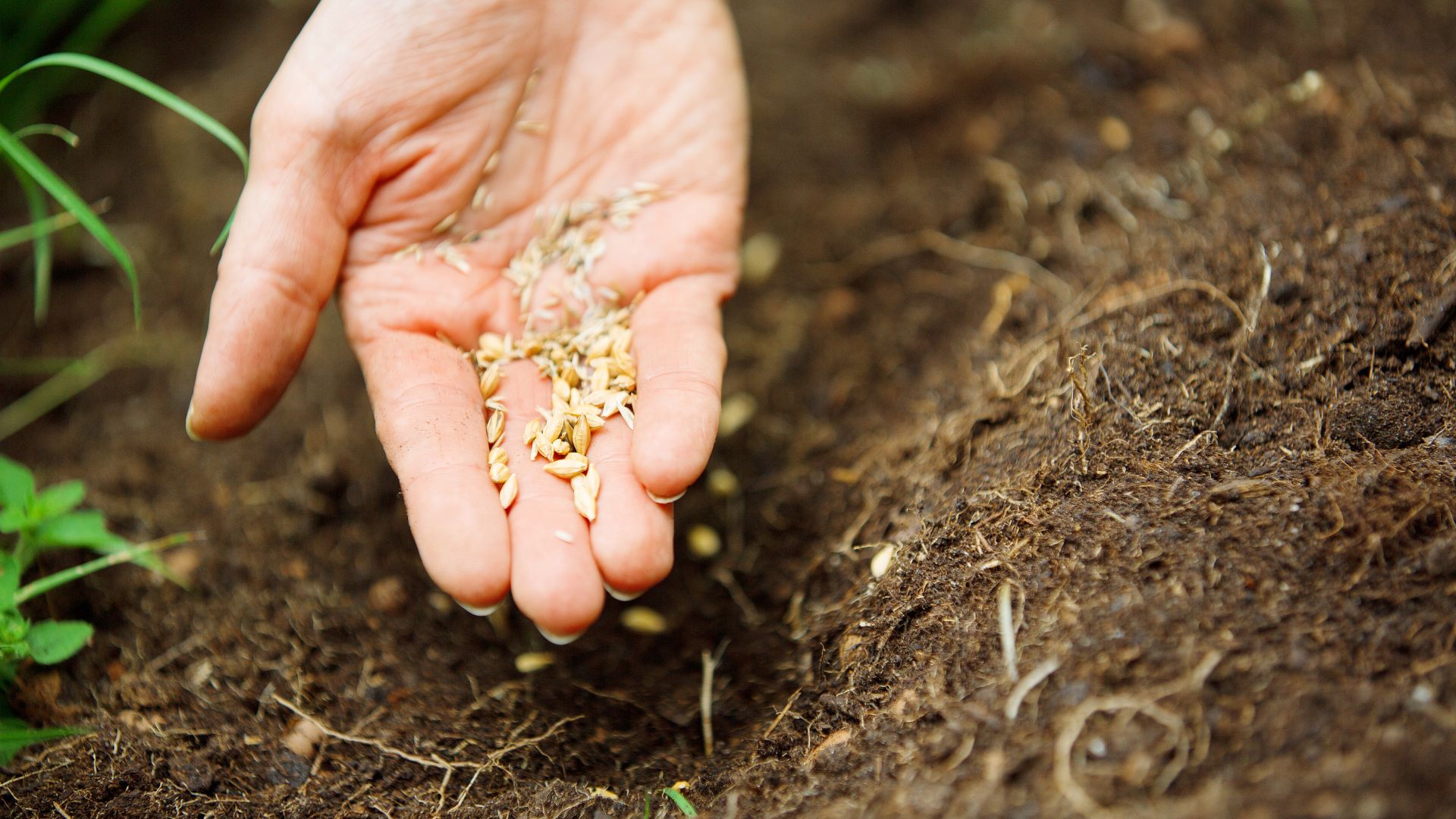
Gardening is incredibly seasonal, and if you plant things at the wrong time, it will significantly affect their growth, take summer bulbs, for example. Meadowscaping is not an exception, despite it being so low-maintenance.
"Early spring is the perfect time to prepare your garden for wildflowers. The cooler temperatures help seeds settle into the soil and focus on developing strong, sturdy roots before they begin their upward growth," says Dr Emily.
She explains that this early establishment makes wildflowers more resilient and helps them survive any dry spells later in the year. Plus, there are April showers, so much of the early watering is done for you!
"Autumn is another great time to sow wildflowers, as nature does the work for you. Simply scatter your Seedballs or collected seeds onto the soil, water them in, and let them settle. If the weather stays mild, you might even see tiny shoots before winter. But don’t worry - wildflowers are naturally hardy and will rest until spring before bursting into bloom," she finishes.
By choosing meadowscaping, you're making a significant difference to the environment as a whole, not just in your garden.
Dr Emily explains, "Since the 1930s, the UK has lost up to 99% of its wildflower meadows, which has had a huge impact on pollinators like bees and butterflies, as well as other wildlife that depend on them for food and shelter."

Emily joined woman&home as a staff writer after finishing her MA in Magazine Journalism from City University in 2023. After writing various health and news content, she now specialises in lifestyle, covering unique cleaning hacks, gardening how-tos, and everything to help your houseplants thrive.
-
 Considering a summer hair refresh? Demi Moore’s chic bob transformation is all the inspiration you need to book that salon appointment
Considering a summer hair refresh? Demi Moore’s chic bob transformation is all the inspiration you need to book that salon appointmentChop, chop, it's time to take a trip to the salon
By Sennen Prickett
-
 Helen Mirren just embraced Cartier's signature colour on her lips - and this easy trick will make it less intimidating to replicate
Helen Mirren just embraced Cartier's signature colour on her lips - and this easy trick will make it less intimidating to replicateWhen in doubt, do as Helen Mirren does and steer clear of matte formulas...
By Naomi Jamieson
-
 These new paint colours make choosing the right shade easy – each formulated to complement cool, diffused natural light
These new paint colours make choosing the right shade easy – each formulated to complement cool, diffused natural lightLuxury paint brand COAT has released 19 new shades, all designed to work harmoniously with the UK's blue-grey natural light
By Emily Smith
-
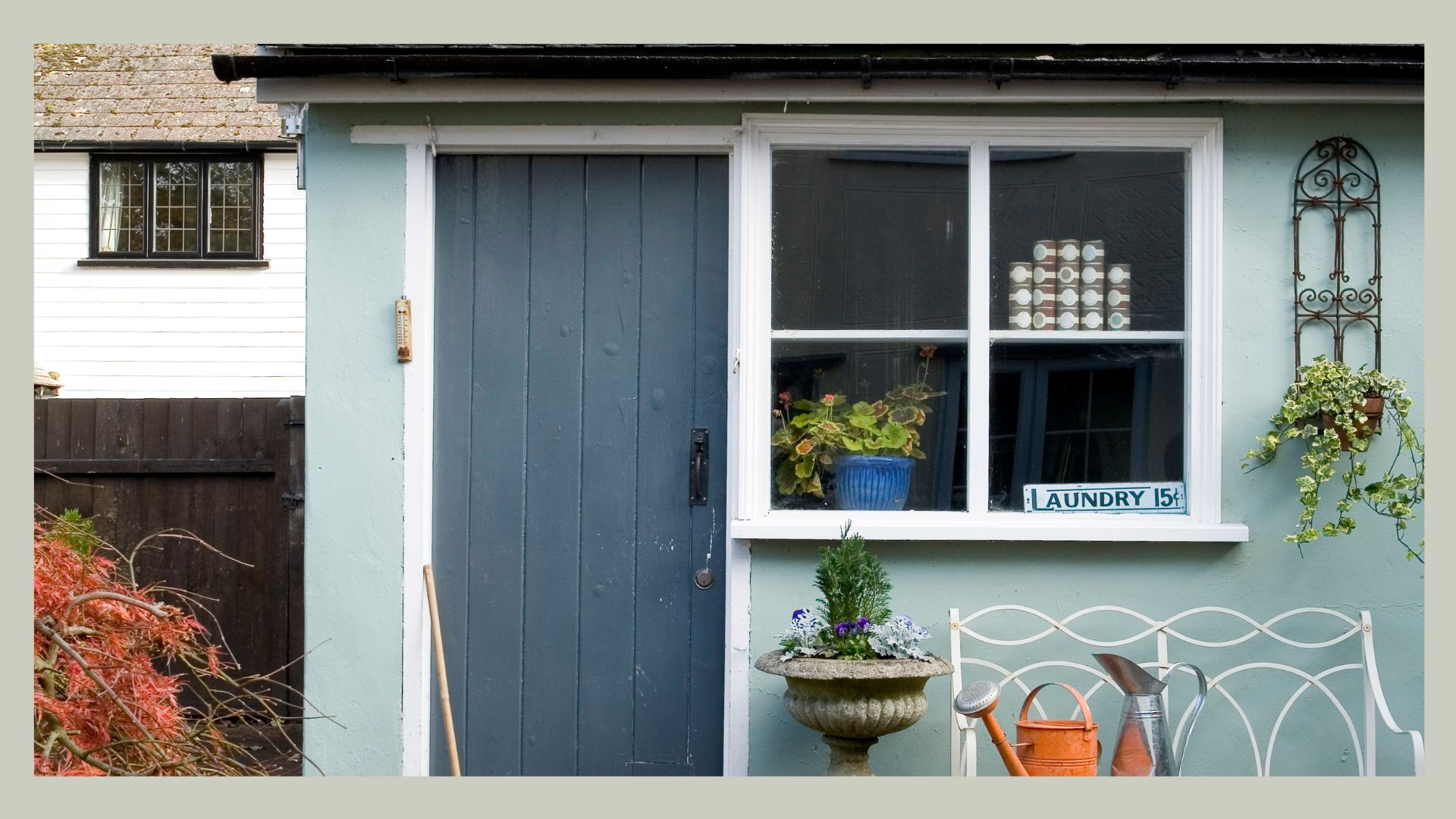 How to declutter your shed for a calm, more functional space – where everything is immediately accessible
How to declutter your shed for a calm, more functional space – where everything is immediately accessibleWe often forget to spring clean our sheds, and yet they are usually chaotic and greatly in need of organising
By Kayleigh Dray
-
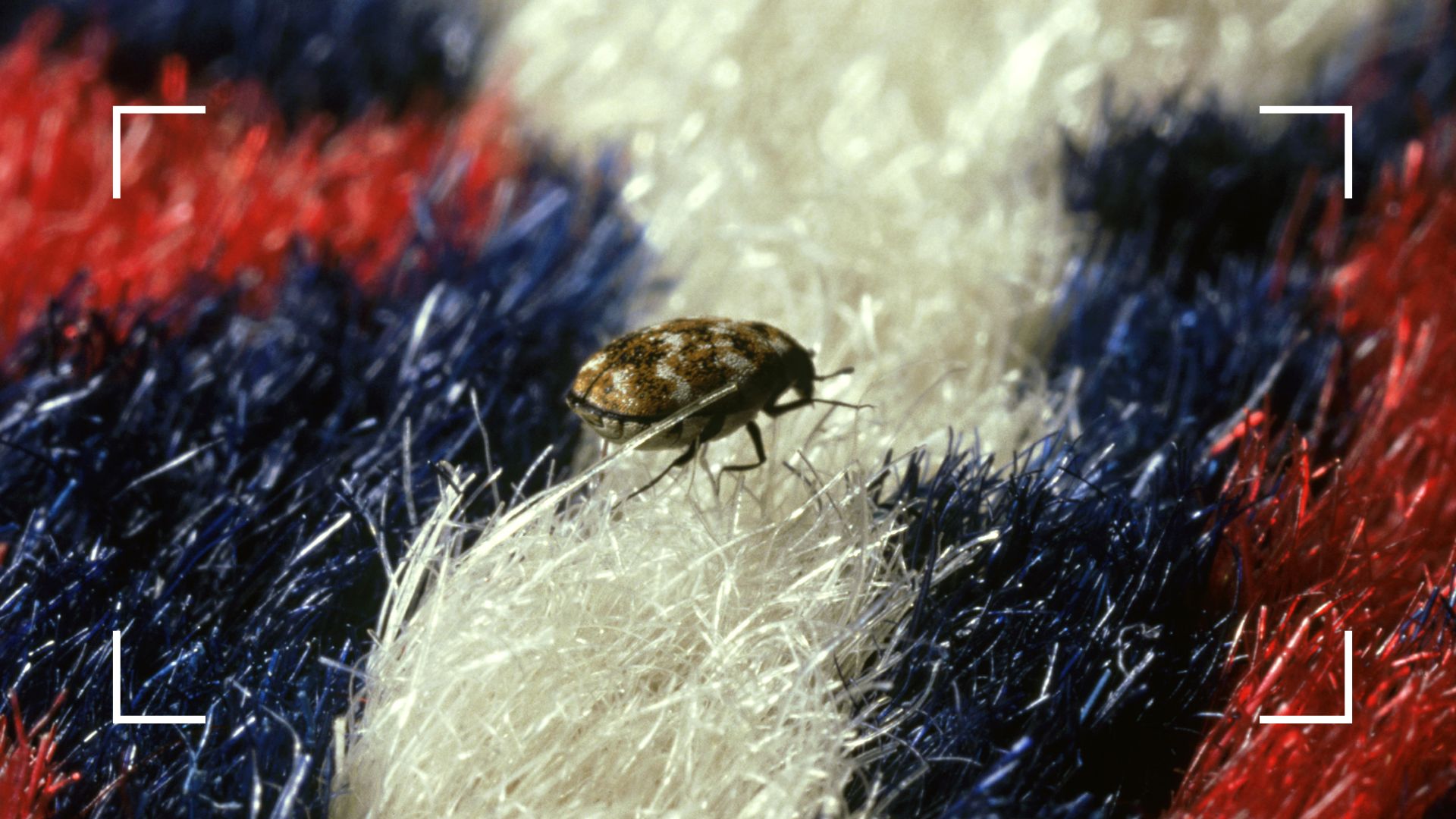 How to get rid of carpet beetles: pest control experts share their most efficient methods
How to get rid of carpet beetles: pest control experts share their most efficient methodsWhat are they, and how can you get rid of them?
By Emily Smith
-
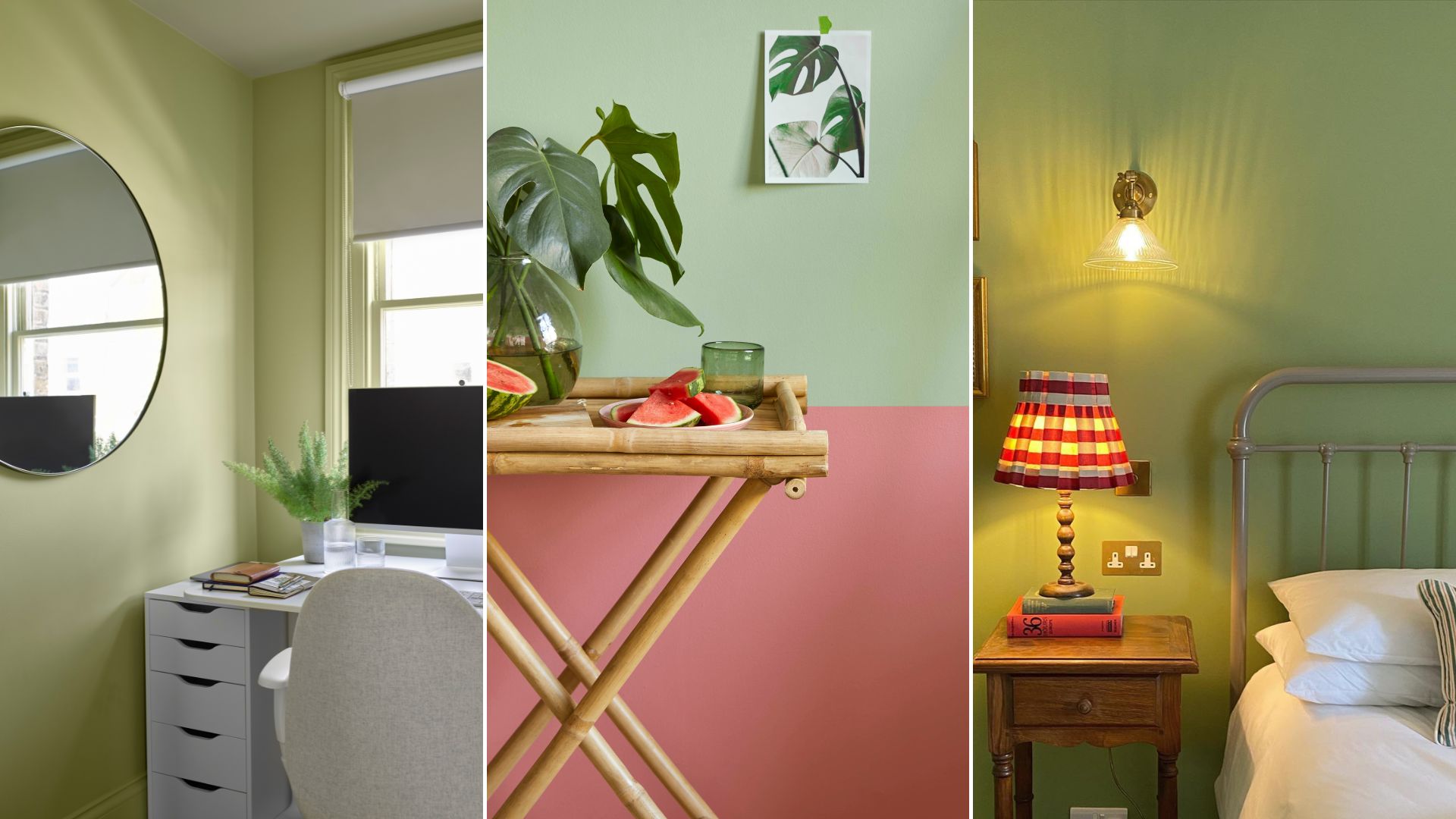 Pistachio green colour trend: 11 ways to use this trending hue in your home
Pistachio green colour trend: 11 ways to use this trending hue in your homeThis delicious soft shade is everywhere right now
By Jayne Cherrington-Cook
-
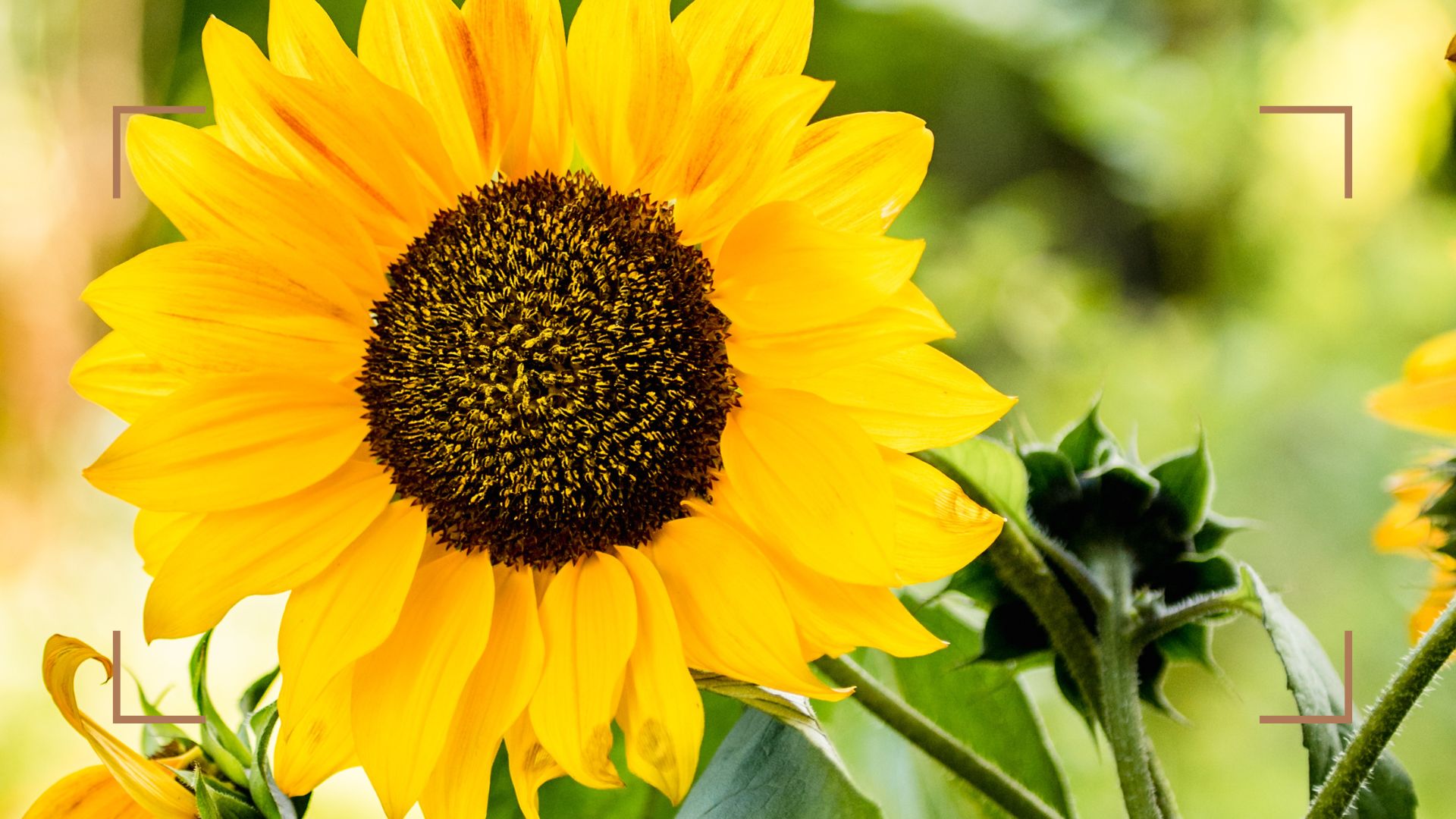 When to plant sunflower seeds to ensure big and beautiful summer blooms
When to plant sunflower seeds to ensure big and beautiful summer bloomsTiming is everything when it comes to planting
By Tamara Kelly
-
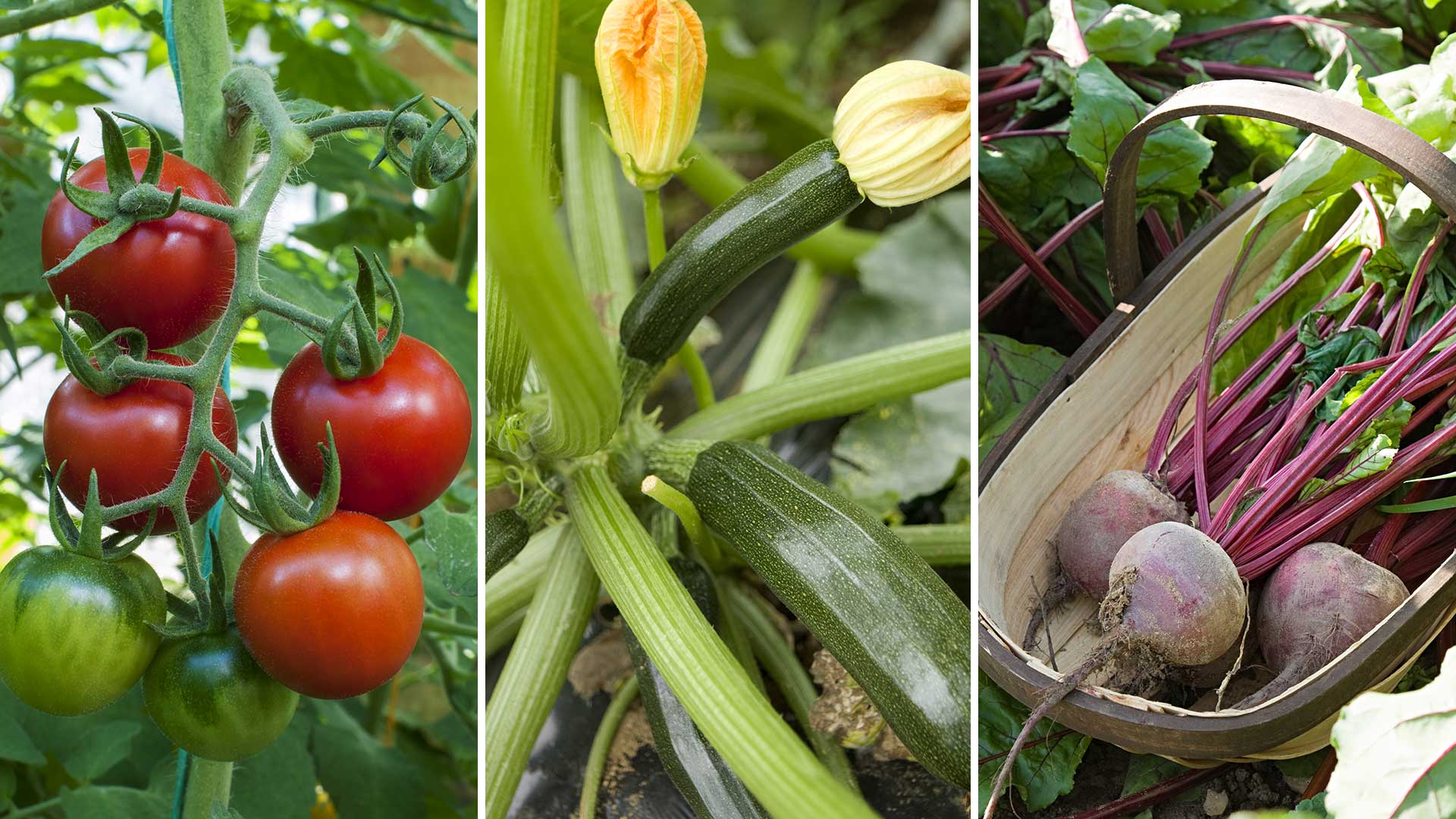 Vegetables to plant in April: 8 crops to start now for a delicious harvest later in the year
Vegetables to plant in April: 8 crops to start now for a delicious harvest later in the yearDiscover which vegetables to plant in April, and top tips for growing success
By Holly Crossley
-
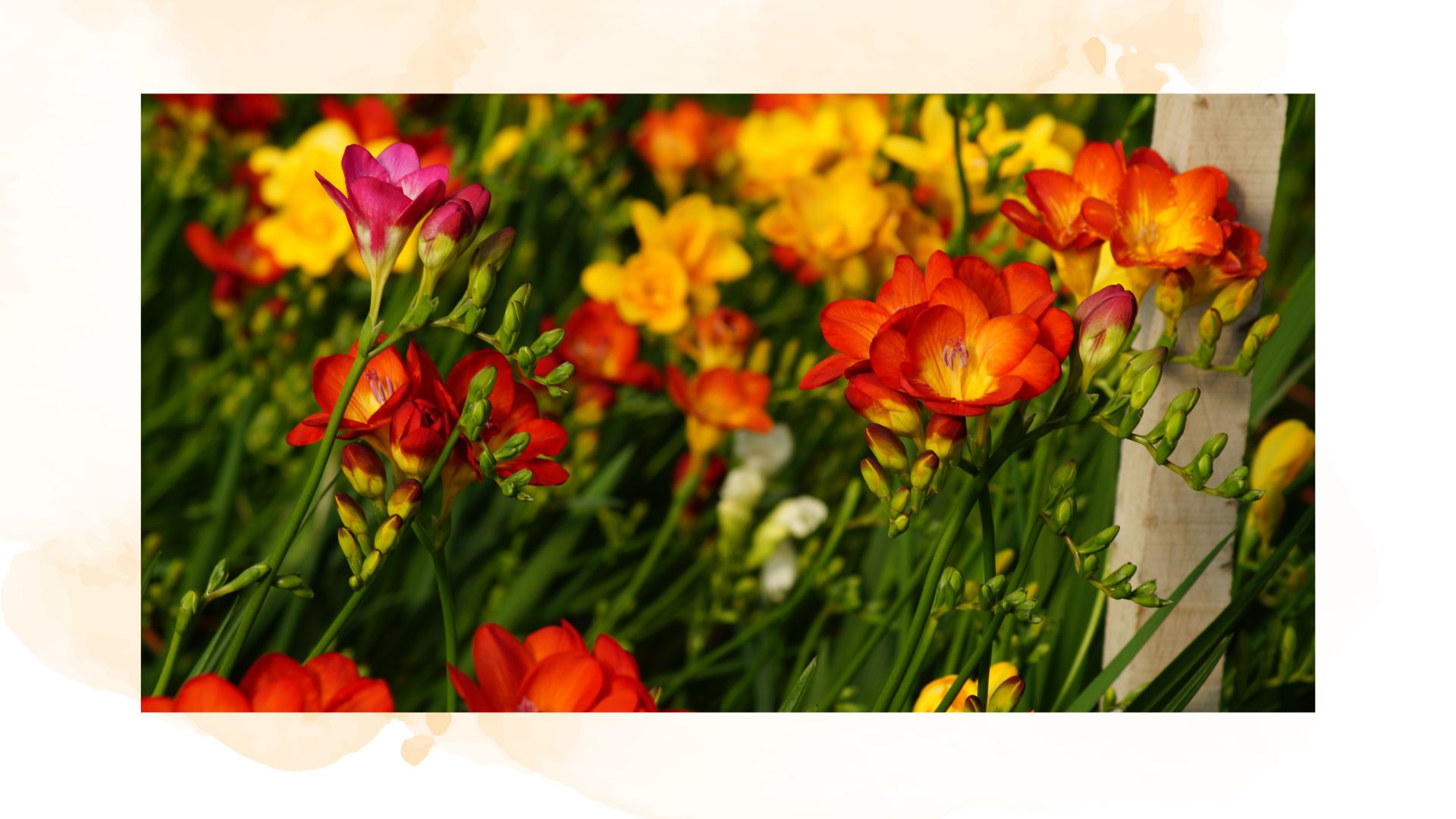 How to plant freesia bulbs: easy steps for colourful summer blooms
How to plant freesia bulbs: easy steps for colourful summer bloomsIf you're looking to add some vivid colour and life to your garden, freesias are the perfect choice
By Emily Smith
-
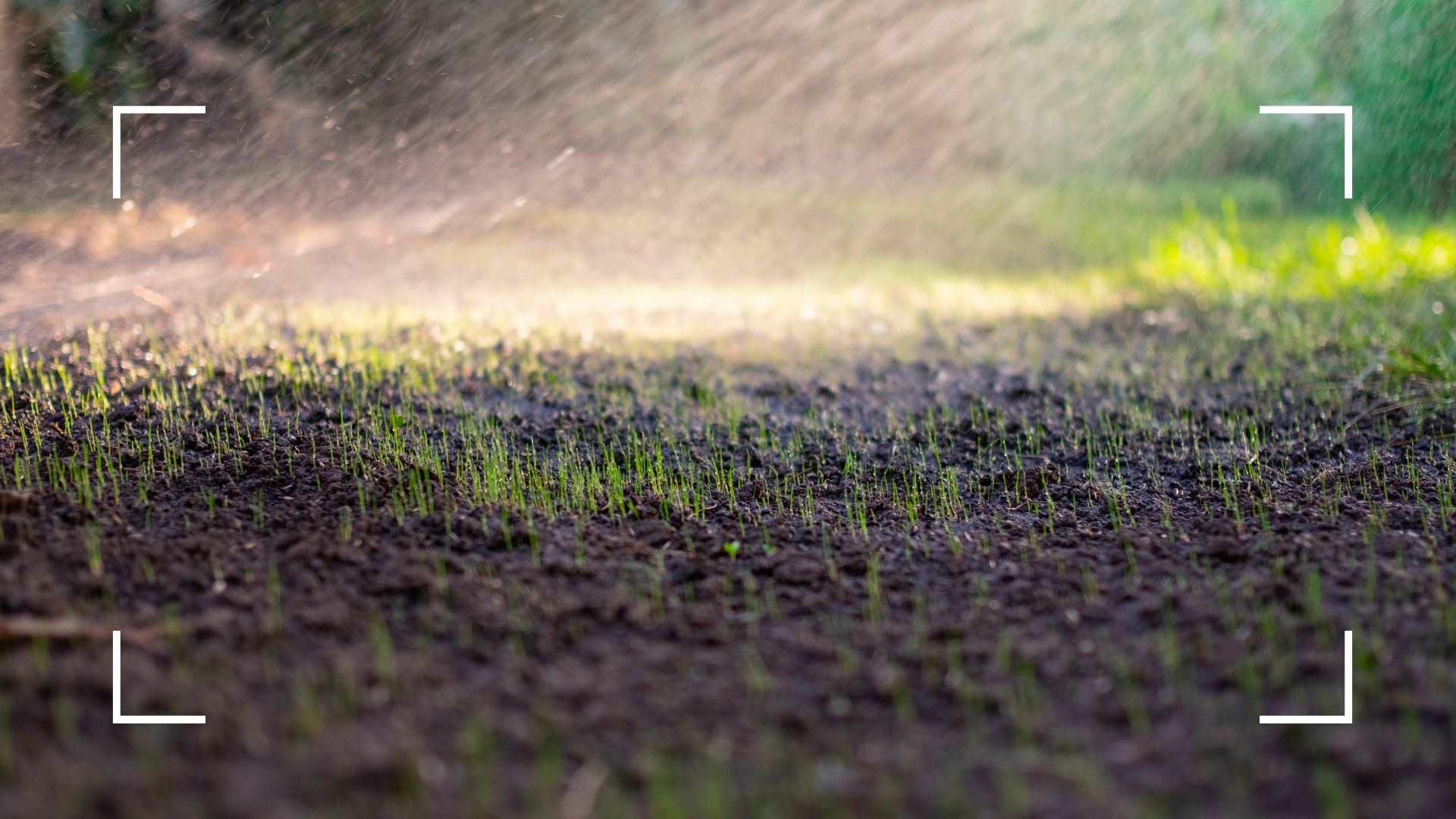 Gardening experts reveal how often you should water grass seed for a luscious lawn this summer
Gardening experts reveal how often you should water grass seed for a luscious lawn this summerWant your lawn to be looking its best by the time summer rolls around? You'll need to make sure you're watering it the perfect amount
By Emily Smith